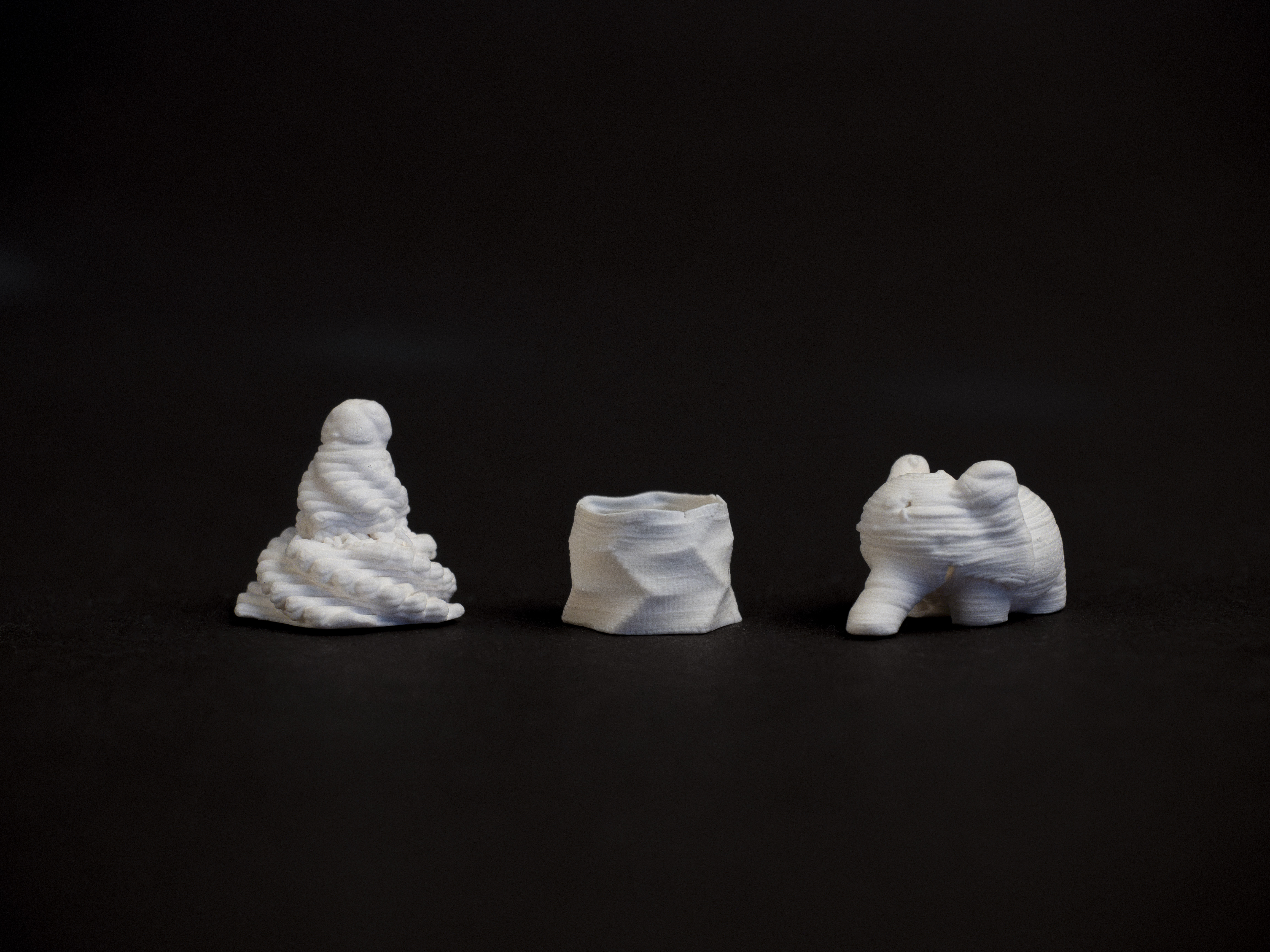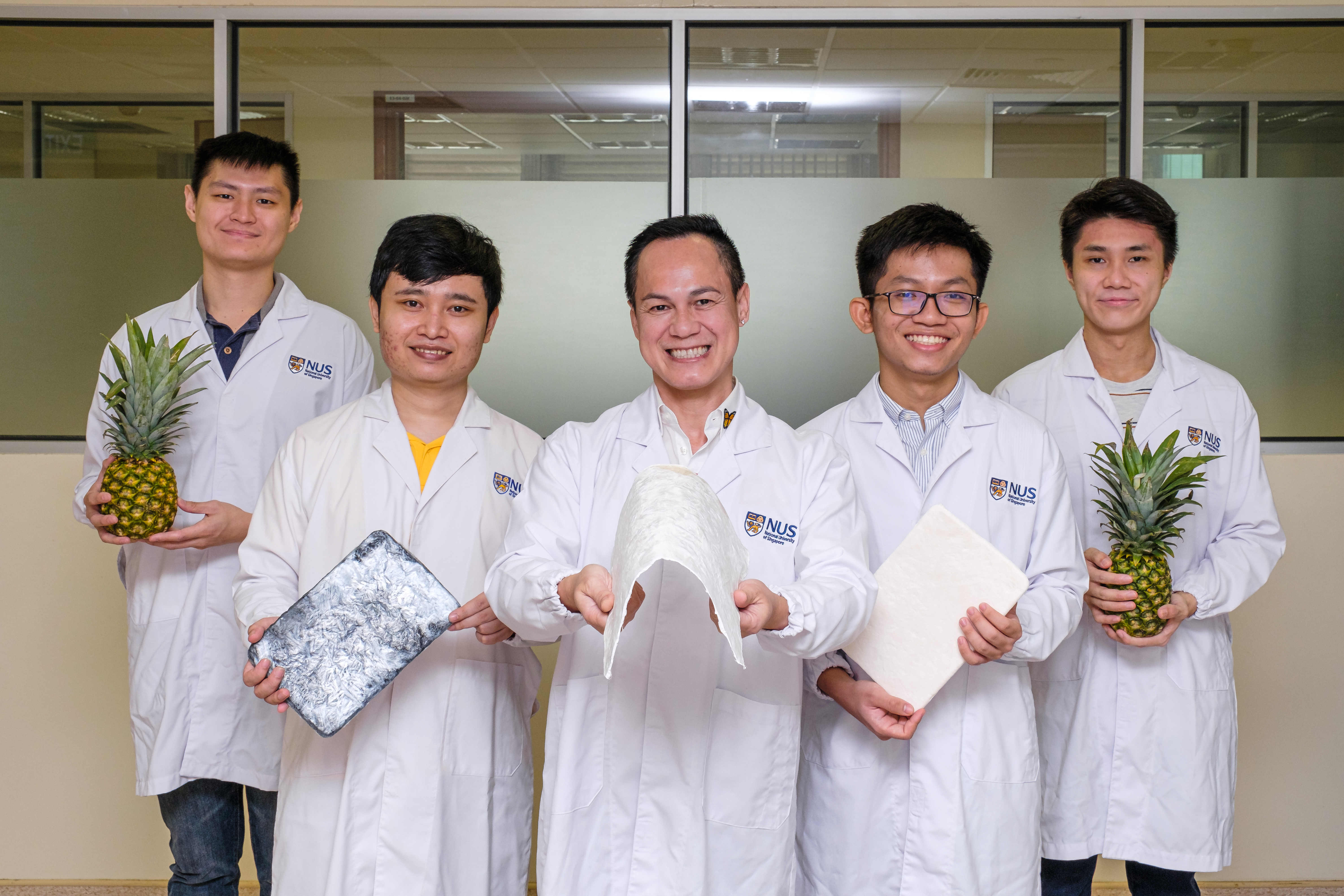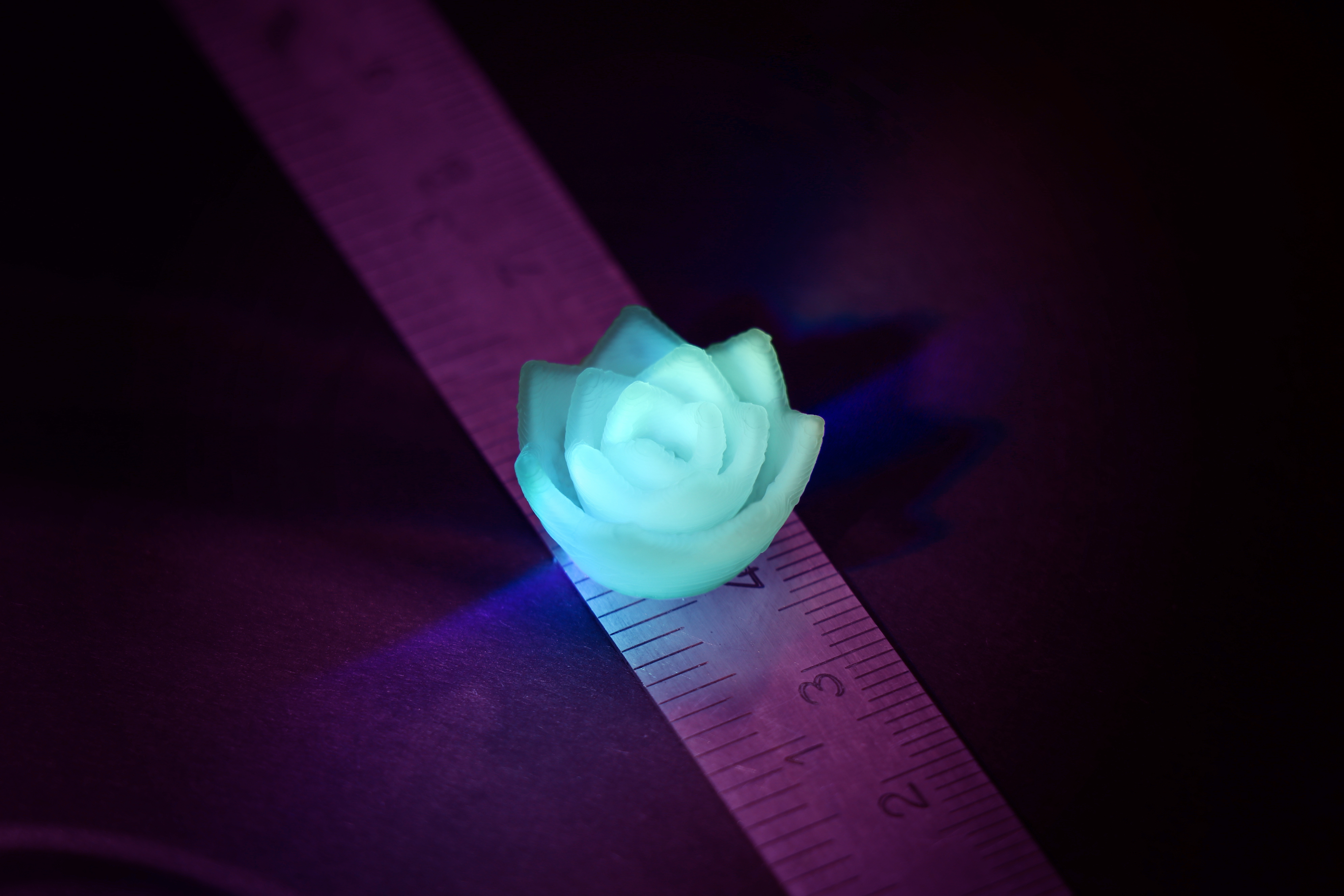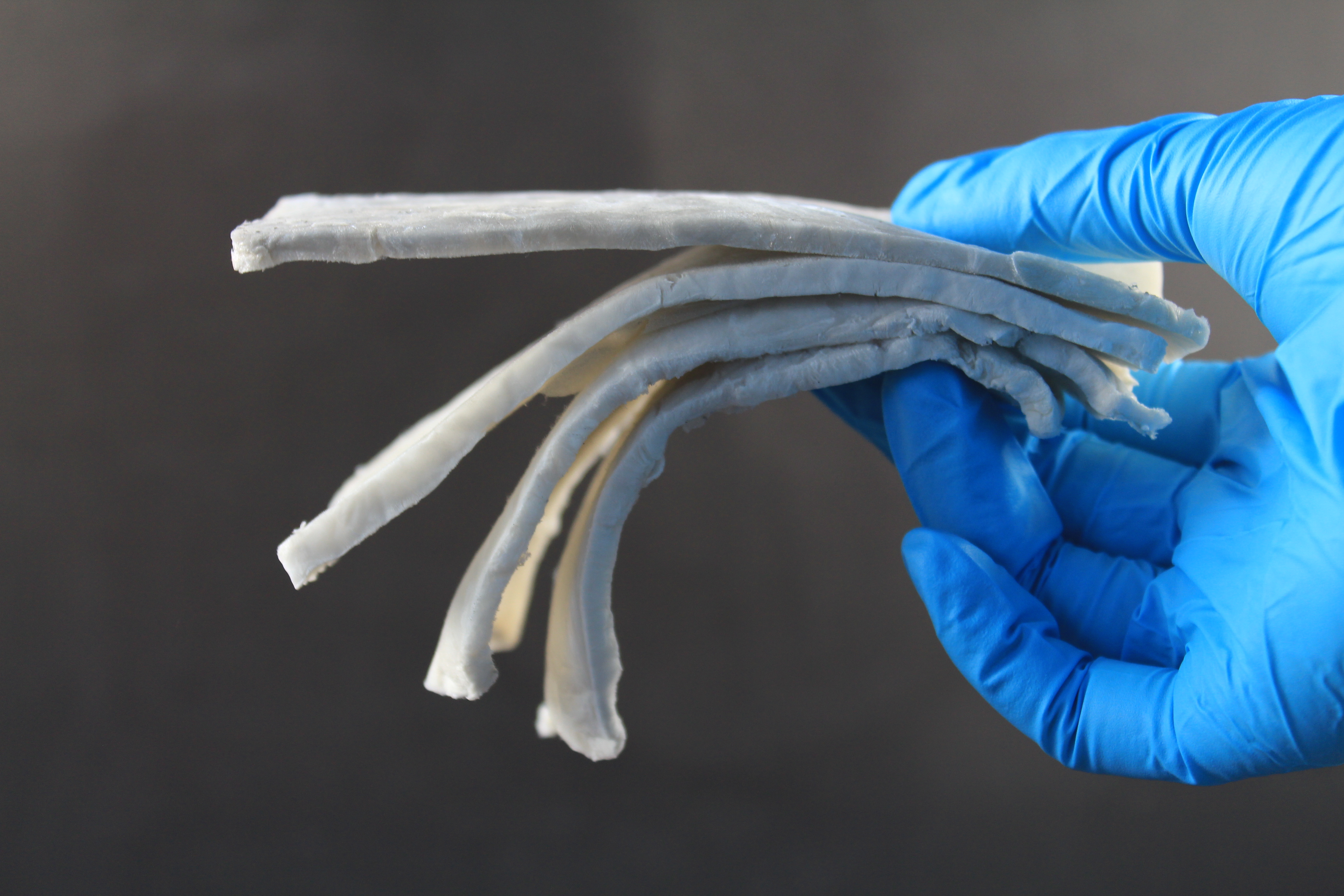Scientists from the National University of Singapore have developed innovative aerogels for radiative cooling and electromagnetic waves absorption. Using plastic waste, the team engineered thin-film aerogels that function as thermal insulators and radiative coolers. These aerogels can be applied to the roofs of buildings to reduce indoor temperatures.
Tag: Aerogel

Airy cellulose from a 3D printer
Ultra-light, thermally insulating and biodegradable: Cellulose-based aerogels are versatile. Empa researchers have succeeded in 3D printing the natural material into complex shapes that could one day serve as precision insulation in microelectronics or as personalized medical implants.
Sensors made from ‘frozen smoke’ can detect toxic formaldehyde in homes and offices
Researchers have developed a sensor made from ‘frozen smoke’ that uses artificial intelligence techniques to detect formaldehyde in real time at concentrations as low as eight parts per billion, far beyond the sensitivity of most indoor air quality sensors.
Translucent bricks
Glass bricks have long been popular in architecture for bringing more light into buildings. Until now, however, they have not been suitable for load-bearing walls and have not insulated well. An Empa team has now developed a translucent glass brick with good insulation properties thanks to aerogel, which can even be used for load-bearing elements. This makes it possible to build aesthetic, translucent walls that reduce the need for artificial lighting inside the building
Historic buildings upgraded to the latest energy standards
In early August 2022, the Aerogel Architecture Award was presented at Empa for the second time. The winning project comes from Germany, while buildings from Switzerland take second and third place. They all impressively demonstrate how historical buildings can be upgraded to the latest energy standards thanks to an innovative use of aerogel materials.
NUS engineers create ‘smart’ aerogel that turns air into drinking water
Researchers from NUS Engineering have developed a new aerogel that autonomously absorbs water from the atmosphere and then releases it effortlessly without any external power source. This invention is a promising solution for sustainable, freshwater production.

NUS engineers turn pineapple leaves into biodegradable aerogels for food preservation and wastewater treatment
Researchers from the National University of Singapore developed a technique of using pineapple leaf fibres to create ultra-light, biodegradable aerogels. These versatile aerogels can be used for food preservation, wastewater treatment, oil absorbing as well as heat and sound insulation.

Aerogel – the micro structural material of the future
Aerogel is an excellent thermal insulator. So far, however, it has mainly been used on a large scale, for example in environmental technology, in physical experiments or in industrial catalysis. Empa researchers have now succeeded in making aerogels accessible to microelectronics and precision engineering: An article in the latest issue of the scientific journal “Nature” shows how 3D-printed parts made of silica aerogels and silica composite materials can be manufactured with high precision. This opens up numerous new application possibilities in the high-tech industry, for example in microelectronics, robotics, biotechnology and sensor technology.

The lightest shielding material in the world
Empa researchers have succeeded in applying aerogels to microelectronics: Aerogels based on cellulose nanofibers can effectively shield electromagnetic radiation over a wide frequency range – and they are unrivalled in terms of weight.